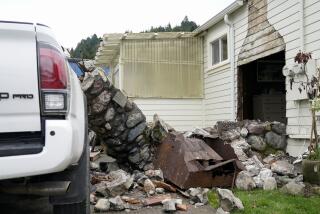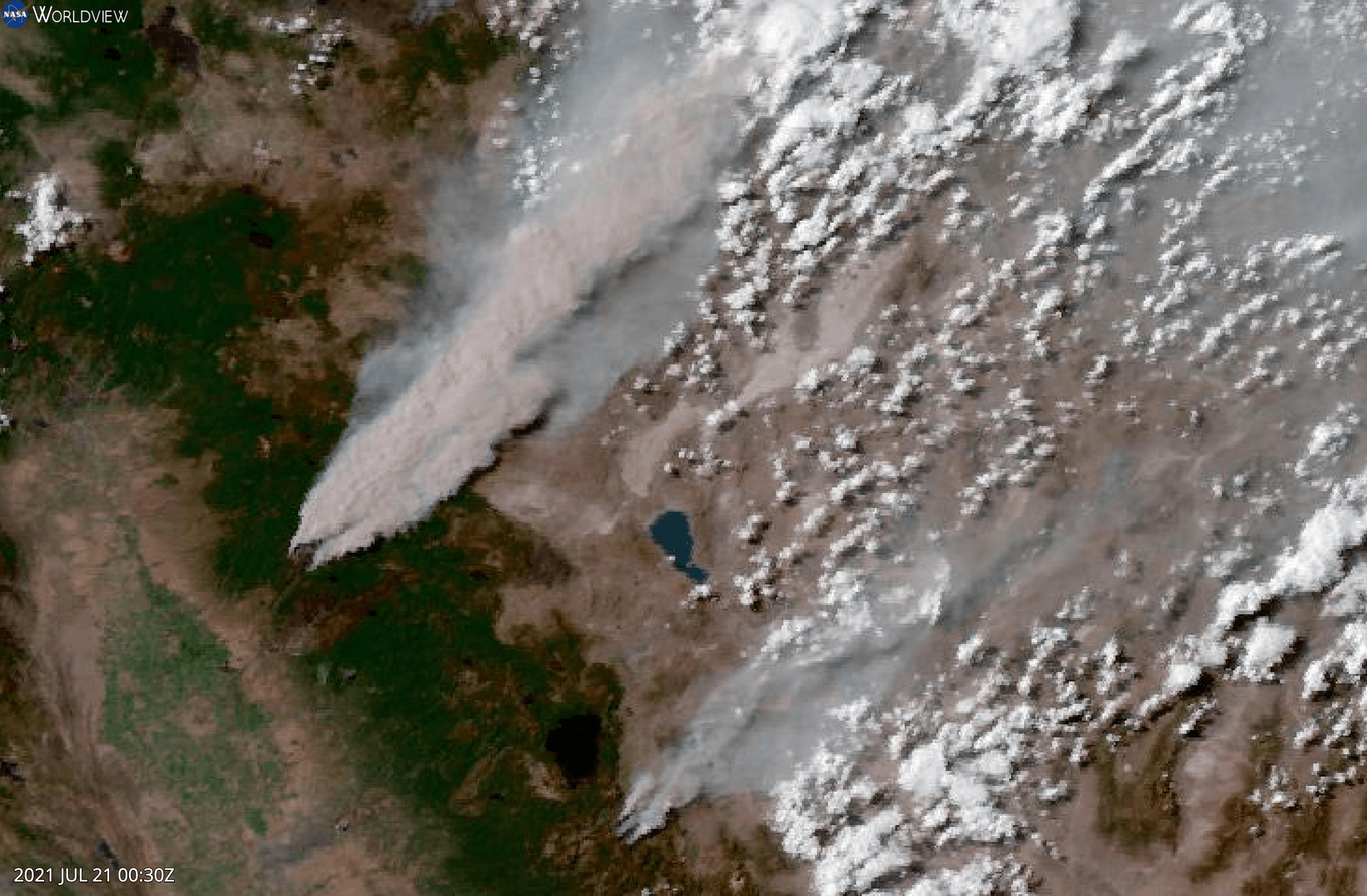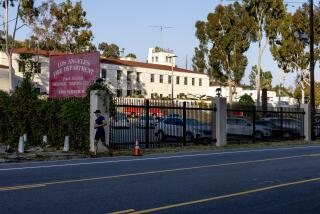Technology Spotlight / NEXRAD : Weather Forecasting for the Next Generation
Weather forecasting has always been a hit-or-miss enterprise, but the federal government is preparing to spend $3 billion to reduce forecasters’ error rate to 10% from 85% on three- to five-day forecasts.
Irvine-based Fluor Daniel Inc. has been selected to engineer and manage the construction of the Next-Generation Radar system, or NexRad, a project valued at $215 million. The plans call for the installation of 170 sophisticated radar units designed to detect and--with the aid of powerful computers--to interpret weather patterns on a nationwide scale.
Improvements in predicting severe weather conditions are expected to pay off in reduced loss of lives, crops and property.
ATOP THE TOWER
Radar dish: Two drive motors move the dish up and down and rotates 360 degrees The radar units are mounted on towers up to 100 feet tall. Inside each radome, a transmitter sends out electromagnetic pulses in all directions. A 28-foot-wide receiving dish, acting as an “electronic ear,” listens for echoes of the pulses as they bounce off airborne dust and rain droplets. The dish can pick up echoes from ground level up to 70,000 feet. Variations in the wavelengths of returning echoes are analyzed by computers to determine a storm’s location, wind speed and direction, even the amount of rain or snow it contains.
NEW WAY OF SEEING
Old System:
The murky images from current weather radar installations provide little information beyond a storm’s outline and its general direction of movement. For example, the current radar system provides no warning of tornadoes, which have to be tracked visually. New System:
Results of the computer’s analysis are color-coded to identify a variety of wind conditions, enabling forecasters to determine a storm’s intensity. Map overlays show the storm’s path, at left, across central Texas. The system can also isolate river basin boundaries to show where rainfall will drain and provide warning of potential floods.
AN EYE IN THE STORM
Detecting wind shear around airports and providing warning of tornadoes are among the most important applications planned for the new radar. NexRad’s ability to detect turbulent air will mean smoother flights for airline passengers, too.
WIND SHEAR: Wind shear occurs at the border between two air masses, when warm air traveling in one direction pushes over the top of cold air moving in the opposite direction. Airport-based radars looking for wind shear conditions are limited to a 3- to 5-mile range, in contrast to units used to forecast the weather, which have a range of up to 285 miles.
TORNADOES: Tornadoes are spawned in the interior of massive thunderheads as currents of warm and cold air initiate a rotating motion within the cloud. The swirling column of air can be detected by the radar and used to predict, with 85% accuracy, the formation of a funnel cloud up to 30 minutes before it touches ground.
TURBULENCE: The radar can identify regions of unstable air movement, known to airline passengers as turbulence. This information will be provided to the Federal Aviation Administration. Source: National Weather Service, National Oceanic and Atmospheric Administration and the Flour Corp.
More to Read
Inside the business of entertainment
The Wide Shot brings you news, analysis and insights on everything from streaming wars to production — and what it all means for the future.
You may occasionally receive promotional content from the Los Angeles Times.










